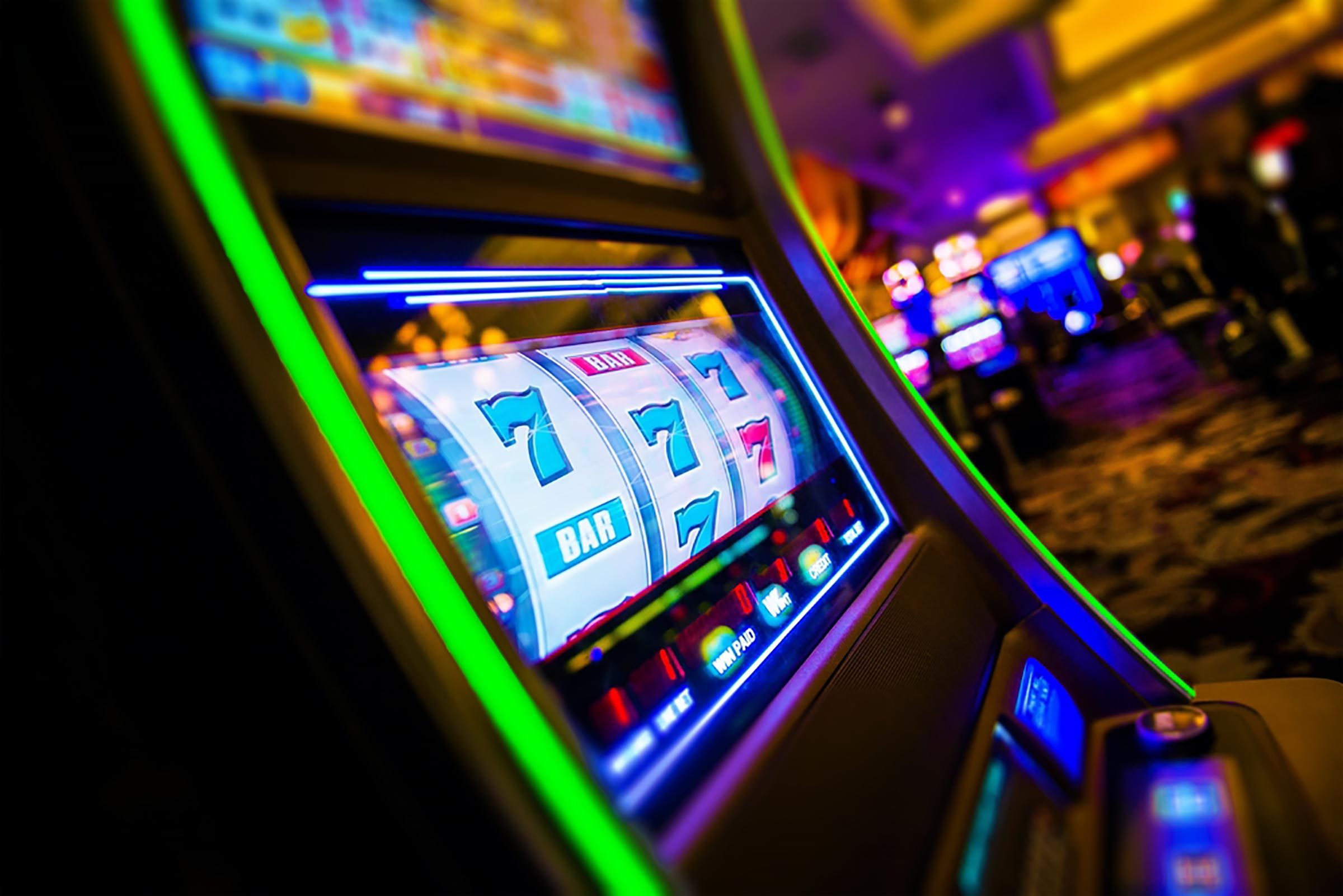Within a lively and stimulating world of gaming establishments, wherein luck and tactics intertwine, color and aesthetic play a critical role in attracting players. As soon as visitors step inside a casino or log into a gaming website, they are immersed in a sightly feast that grabs their attention and lures them to discover more. Vivid colors, captivating graphics, and innovative layouts are meticulously crafted to create an atmosphere of excitement and anticipation, ultimately enhancing the gaming experience.
While players navigate through the ever-changing landscape of casino games, they come across a range of designs that not only serve aesthetic purposes but also influence feelings and choices. Hues like scarlet and yellow symbolize riches and fortune, while calm blues and greens can create a more tranquil environment. Grasping how these elements function together allows casinos to create an welcoming and energizing atmosphere that encourages players to interact with the games, invest more time at the tables, and boost their general enjoyment. game nổ hũ trực tuyến
The Science of Tint in Casino Games
Hue plays a critical role in the development of gambling games, influencing players’ feelings and responses. Bright and vibrant colors, such as scarlet and gold, are often used to ignite thrill and attract notice. These hues create a sense of pressure and energy, encouraging players to participate more eagerly with the activity. By strategically selecting tints, creators aim to elicit emotions of pleasure and expectation, which can enhance the complete game experience.
Distinct shades also have psychological connotations that can influence how gamblers perceive their odds of success. For case, emerald is often associated with good fortune and wealth, making it a well-liked choice in games like roulette and poker games. This association can lead gamblers to feel more positive and self-assured in their play, ultimately inspiring them to wager more. Grasping these links allows game creators to create environments that enhance player enjoyment and engagement.
Moreover, the layout of gaming interfaces often utilizes blended colors and opposing hues to guide players’ actions. For case, winning combinations may be accentuated with striking, opposing shades, creating a visual reward. This technique strengthens favorable outcomes and encourages repeated gameplay. By utilizing the science of color, gambling establishments can develop activities that not only captivate participants but also hold them engaged and committed in their gaming experience.
Creative Features that Engage Gamers
The aesthetic appeal of gambling games is largely influenced by the use of bold colors. Bright and striking colors are deliberately chosen to create an inviting atmosphere that captures interest. For example, crimson and golds often signify good fortune and wealth, which is why they are common in the palettes of slot machines and game surfaces. These colors not only draw players in, but they also evoke emotions related to thrill and expectation, enhancing the overall gaming experience.
In parallel to color, the aesthetic and organization of gambling games play a significant role in captivating players. Games are designed to be intuitive, ensuring that players can easily understand the guidelines and gameplay. Accessible interfaces, along with captivating graphics and motion, help maintain player interest and promote longer play sessions. The tactile elements, such as the feel of the buttons and the sounds of the games, also contribute to a comprehensive sensory experience that keeps players immersed.
In conclusion, conceptual elements in gaming design can greatly influence gaming decisions. Many gambling games are inspired by media, myths, or adventure themes, featuring symbols and characters that connect with players. These themes create a sense of immersion and connection, making each game feel distinct. When players feel a bond to the concept, they are more likely to opt for that game over others, leading to increased participation and excitement within the casino environment.
Case Studies: Effective Casino Table Game Designs
One key example of successful casino game design is the popular slot machine series based around hit movies. Games such as those based on the The Wizard of Oz and Game of thrones utilize dynamic colors and high-quality graphics to enthrall players in recognizable narratives. The application of dynamic visuals and entertaining sound effects grabs the interest of players, building an affective connection to the theme. This approach not just fosters longer play but also enhances the overall gaming experience, yielding increased player retention.
Another successful case is the application of color in table games like 21 and the wheel. Casinos often create these games with deep reds and greens, colors traditionally linked with luck and wealth. For instance, the emerald felt on a blackjack table provides a soothing effect, while the red accents in the wheel invite excitement. This intentional use of color helps to create an inviting atmosphere that motivates players to participate, addressing their psychological impulses and enhancing their enjoyment.
Finally, online casino games that include social features and lively, lively designs have experienced remarkable success in engaging players. Games like Zynga’s Poker and Slotomania leverage vivid colors and playful animations to create an inviting online environment. The integration of leaderboards, community sharing options, and in-game rewards fosters competition and community, drawing players in for longer sessions. Such designs merely make the games visually attractive but also emphasize social interaction, a crucial factor in player retention and engagement within digital casino environments.

